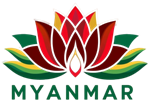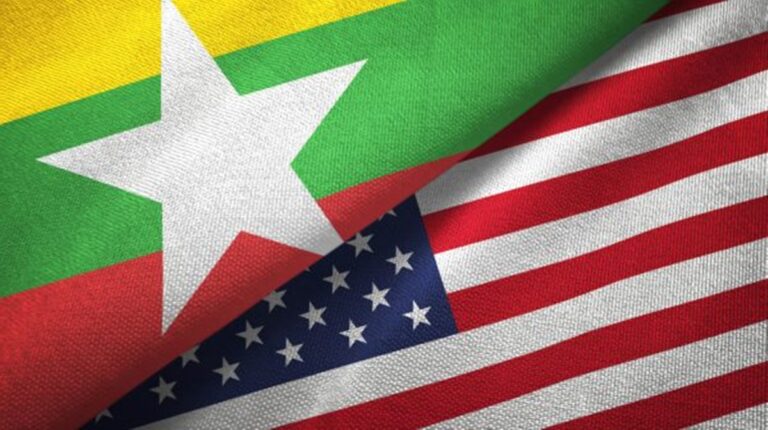
U.S. POLICY ON MYANMAR
The United States has maintained a complex and evolving policy toward Myanmar, shaped by concerns over democracy, human rights, and regional security. Over the past decade, U.S. policy has shifted in response to Myanmar’s political transitions, military actions, and humanitarian issues.
Support for Democracy and Human Rights
The U.S. has been a strong advocate for democratic reforms in Myanmar. Following decades of military rule, the Obama administration began easing sanctions in the early 2010s as Myanmar made tentative progress toward civilian government and political openness. The U.S. supported the 2015 elections that brought Aung San Suu Kyi’s National League for Democracy (NLD) to power and praised steps toward political liberalization.
However, U.S. concerns grew sharply after the military coup in February 2021, which ousted the civilian government and reversed democratic gains. The U.S. condemned the coup and called for the restoration of democracy, imposing targeted sanctions on military leaders, military-owned enterprises, and entities linked to human rights abuses.
Sanctions and Diplomatic Pressure
In response to ongoing violence, including the military’s brutal crackdown on ethnic minorities such as the Rohingya, the U.S. has maintained sanctions targeting Myanmar’s military and its economic interests. These include asset freezes, travel bans, and restrictions on arms sales. The U.S. also restricts military-to-military engagements and limits certain forms of aid.
At the same time, the U.S. supports humanitarian assistance efforts aimed at displaced populations and victims of conflict, working with international partners and NGOs.
Regional Security and Strategic Interests
Myanmar’s location at the crossroads of South and Southeast Asia makes it a focus of U.S. strategic interest, particularly in the context of rising Chinese influence. The U.S. engages with ASEAN and regional partners to promote stability, counter illicit activities, and support human rights.
While wary of Myanmar’s military regime, the U.S. also seeks to avoid isolating the country entirely, encouraging dialogue and peaceful political resolution.
Challenges and Limitations
The U.S. policy faces significant challenges due to Myanmar’s internal conflict, complex ethnic dynamics, and China’s growing regional presence. Efforts to influence the military and support democratic forces are complicated by limited access and competing international interests.
Conclusion
U.S. policy toward Myanmar centers on promoting democracy, human rights, and regional stability through a combination of sanctions, diplomacy, and humanitarian aid. While facing difficult realities on the ground, the U.S. continues to advocate for the restoration of civilian rule and a peaceful, inclusive future for Myanmar.
Disclaimer and Attribution
The information provided on this page about U.S. policy on Myanmar is intended for informational purposes only. It is based on publicly available sources and aims to present a balanced and factual overview.
Where applicable, specific data, quotes, or statements have been sourced from official government publications, reputable news outlets, and recognized research organizations. We strive to ensure accuracy but recommend consulting original sources for detailed or legal information.
This content does not necessarily reflect the views or policies of any government or organization.
Supporting Links for U.S. Policy on Myanmar
Thank you for reading! Visit us anytime at Myanmar.com for more insights and updates about Myanmar
Related posts:
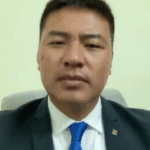 Dr. Sasa Resigns from NUG, Restructuring Expected Inside Shadow Government
Dr. Sasa Resigns from NUG, Restructuring Expected Inside Shadow Government
 Thailand Extradites Shwe Kokko Tycoon She Zhijiang to China
Thailand Extradites Shwe Kokko Tycoon She Zhijiang to China
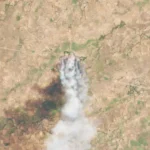 Myanmar Military Paraglider Strike Kills Dozens
Myanmar Military Paraglider Strike Kills Dozens
 THE ‘GERMAN CONNECTION’ IN MYANMAR’S CIVIL WARS
THE ‘GERMAN CONNECTION’ IN MYANMAR’S CIVIL WARS
 UN says Myanmar’s planned polls will deepen repression & instability
UN says Myanmar’s planned polls will deepen repression & instability
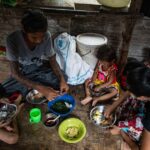 WFP Sounds Alarm on Food Scarcity Threatening Millions in Myanmar
WFP Sounds Alarm on Food Scarcity Threatening Millions in Myanmar
